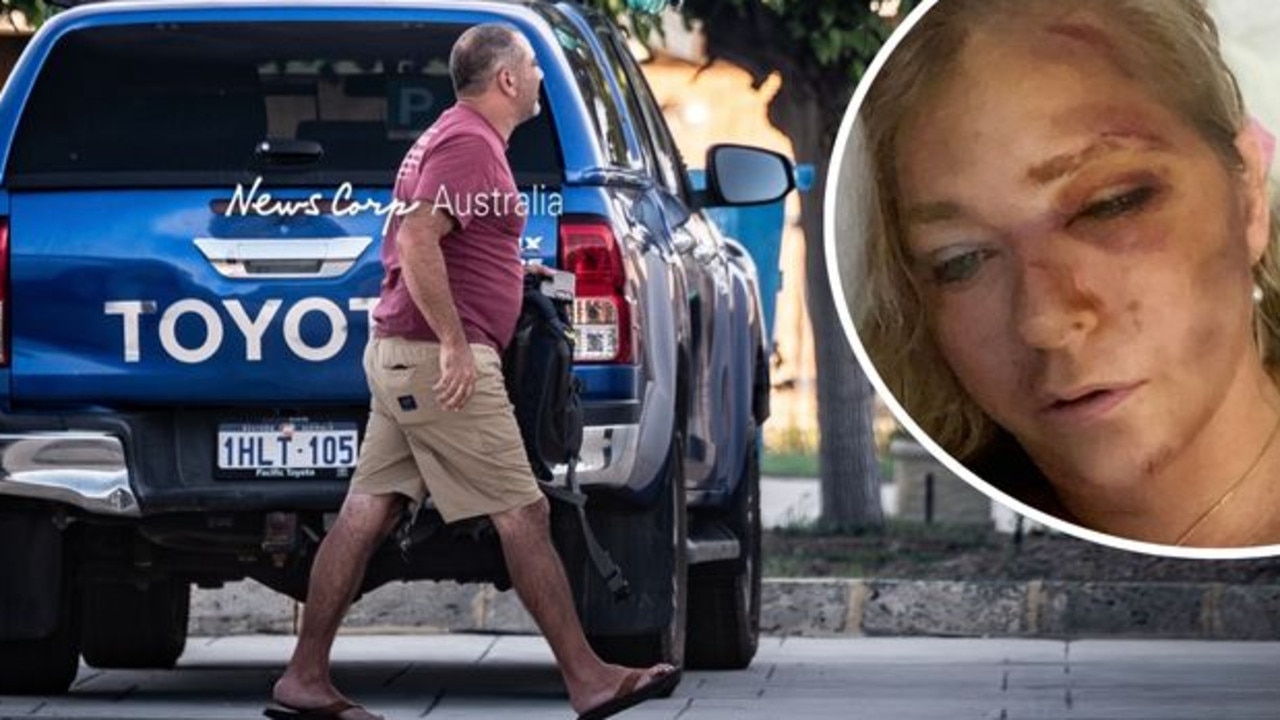Up-market Sydney street at the centre of bizarre squatter case
A wealthy lawyer failed in her bid to take ownership of a derelict Sydney townhouse using “squatters rights”. Here’s why she left the front windows smashed.
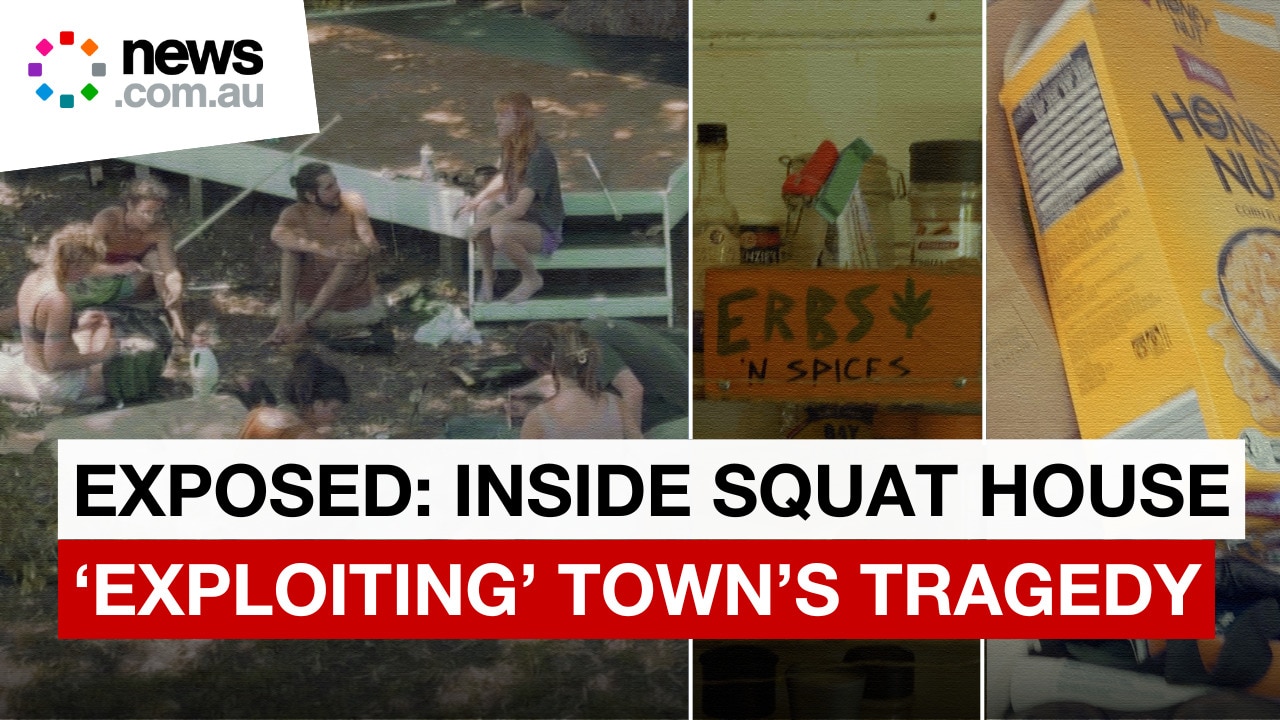
National
Don't miss out on the headlines from National. Followed categories will be added to My News.
A pair of rundown terraces in Sydney’s inner west could fetch their rightful owner more than $3 million on the market after she won a two-year legal battle to fend off a squatter’s rights claim from a wealthy lawyer who was accused of “lying” in a bizarre Supreme Court case.
Neighbours on the upmarket Red Lion Street in Rozelle were unaware of the drama surrounding number five and seven when spoken to on Tuesday, and both properties appeared to be unoccupied.
The front window of number five remains smashed and partially boarded up after more than a decade-and-a-half, with a frayed black curtain hanging out — in stark contrast to a brand new front door, protective plastic still covering the glass panelling.
Last week, the NSW Supreme Court handed a decisive win to Mary Willis, who commenced proceedings against lawyer Yael Abraham in March 2023 after discovering the self-described children’s rights activist had been squatting in the homes.
The court heard Ms Abraham fixed the locks on the doors but deliberately chose to leave the shattered window in a bid to “maintain the appearance” of a derelict property and detract intruders from breaking in.
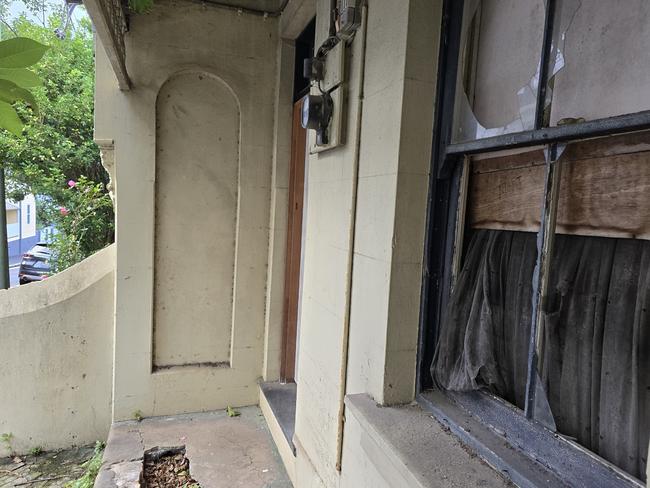
Ms Abraham, who owns a $7 million mansion in Queensland and was once glowingly profiled on the ABC’s Australian Story, filed a cross-claim seeking to take adverse possession, colloquially known as squatter’s rights.
Under NSW law, a person can claim adverse possession if they can demonstrate they have openly and peacefully occupied a property in the “manner in which it is commonly used and enjoyed” for at least 12 years.
Ms Willis had inherited the properties from her father in 1999. Number five had been untenanted since 2000 due to its dilapidated state, while number seven’s tenant left in 2012 — after which Ms Abraham also began squatting in the home.
She gave up her challenge to claim number seven last year, but continued to argue her claim over number five alleging that she had commenced possession of the home in about October 2009 after discovering it “abandoned”, later fixing the place up and using it to store items.
NSW Supreme Court Acting Justice Michael Elkaim on Thursday dismissed her claim, handing possession back to Ms Willis and ordering Ms Abraham to pay her costs.
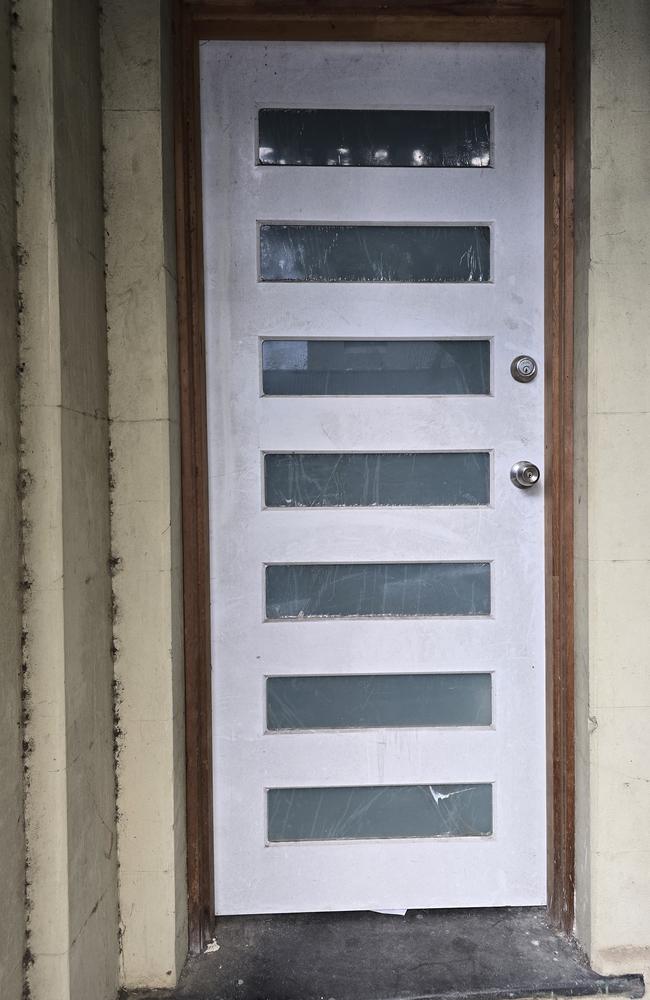
The judge noted multiple instances in which the solicitor and her daughter — who had moved into the properties around 10 years ago — made misleading representations.
Last year, Ms Abraham even phoned Inner West Council and “pretended to be the plaintiff, and arranged to pay the outstanding rates”, in what Mr Elkaim said was very likely an attempt to “bolster her claim for possession” even after the court proceedings had commenced.
“The defendant was in fact, not averse to lying and had probably instructed [her daughter] on how to rebuff inquiries about the properties,” he said in his decision.
The court heard that in 2016, Ms Willis’ brother attended number seven and spoke to the daughter, who told him “my Aunty Mary” had given her permission to stay there.
“I said, ‘Well Mary is my sister and you are not my niece,’” Mr Willis told the court.
Justice Elkaim noted, “Although I strongly suspect the idea came from her mother, [the daughter] was prepared to give Mr Willis a misleading answer.”
Ms Willis’ real estate agent, CobdenHayson, continued to manage number five until 2014 and council rates and fees were paid until this time. It was a representative from CobdenHayson who in 2023 discovered the properties were being occupied.
After being challenged, Ms Abraham spoke to the property manager and claimed the owner “knows me and gave me the keys many years ago”.
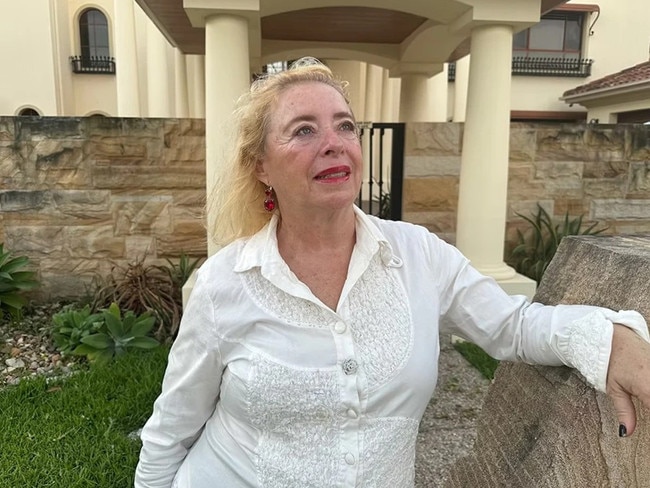
She told the agent in an email that she was “authorised” by Ms Willis who “gave us the keys following watching a TV program on the ABC”.
The court noted there was some “mystery” as to Ms Willis’ whereabouts over the years. But nevertheless she “maintained a degree of control over number five, and therefore had not abandoned her possession, by the retention of CobdenHayson until 2014” and work organised in March 2011.
Mr Elkaim decisively rejected the adverse possession claim, finding Ms Abraham’s use of the properties did not fulfil the requirements under the law on multiple fronts.
“Number five was not used as a residence before 2015, or perhaps 2016,” he said. “Use of the premises as a sometime storage facility is not a normal use of a residential premises.
Moreover, Ms Abraham “holding out that she, or [her daughter], had permission to occupy number five was contrary to the requirement for open possession”.
“It was also possession continued by stealth,” Mr Elkaim said. “Maintaining the appearance of number five, from the street, as derelict property (for example not fixing the broken front window), did not amount to possession open to the world.”
Both women declined to comment on Monday, with Ms Abraham stating only that the “case can still be appealed”.
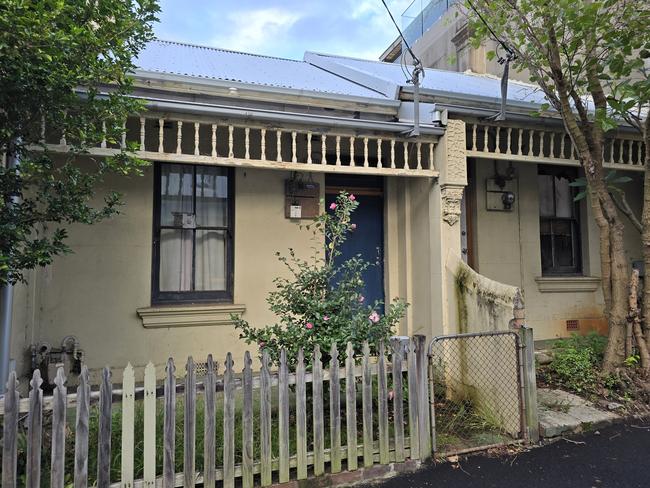
On Red Lion Street, similar properties have fetched anywhere from $1.5 million to $3 million.
“If it’s run down inside it’s going to be mid-1s,” said David Meadowcroft from Ray White Rozelle.
“You wouldn’t be able to knock it down. You could shell it at the back but the facade would have to remain.”
Other agents quoted closer to $2 million.
Number five sits directly behind the imposing 1912 Hoyts Theatres building on the corner of Darling Street, since converted into apartments.
“It would be pretty dark inside,” said Mr Meadowcroft.
In their current state, he estimated a full renovation would cost “at least” half a million each.
Number eight directly across the road, a renovated two-bedroom, one bathroom terrace on 82 square metres, sold in October for $1.5 million, while a similar property nearby, 68 Foucart Street, sold in December also for $1.5 million.
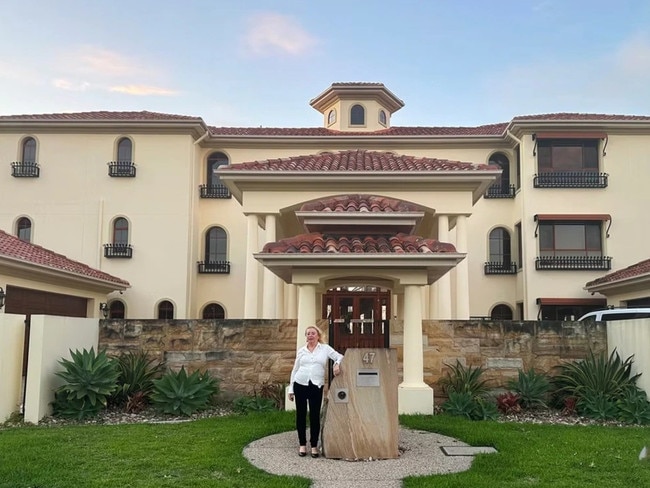
Number five is on a 119 square metre block, while number seven is only slightly larger at 125 square metres.
A little way down the street, number 25, a large and newly renovated four-bedder on 261 square metres, sold last month for more than $3 million.
CobdenHayson declined to comment due to privacy concerns.
Squatter’s rights cases are relatively uncommon in NSW but make headlines every few years.
In 2018, property developer Bill Gertos won the right to keep a $1.7 million, three-bedroom home in Ashbury, which he first took over in 1998 after its long-term tenant died.
In 2016, a squatter who took over a dilapidated $1 million Redfern terrace — left to ruin after its Chinese-born owner disappeared in 1991 — abandoned his bid for adverse possession following a protracted battle with neighbours.
And in 2020, squatter’s rights were even more bizarrely invoked in a dispute between two neighbours over a 3.35 square metre “dunny lane”.
Mr Meadowcroft joked that seeking adverse possession was a risky long-term commitment.
“You wouldn’t want to get to 11 years and get found out,” he said. “I’d rather just work a couple of extra hours a week.”
Originally published as Up-market Sydney street at the centre of bizarre squatter case





